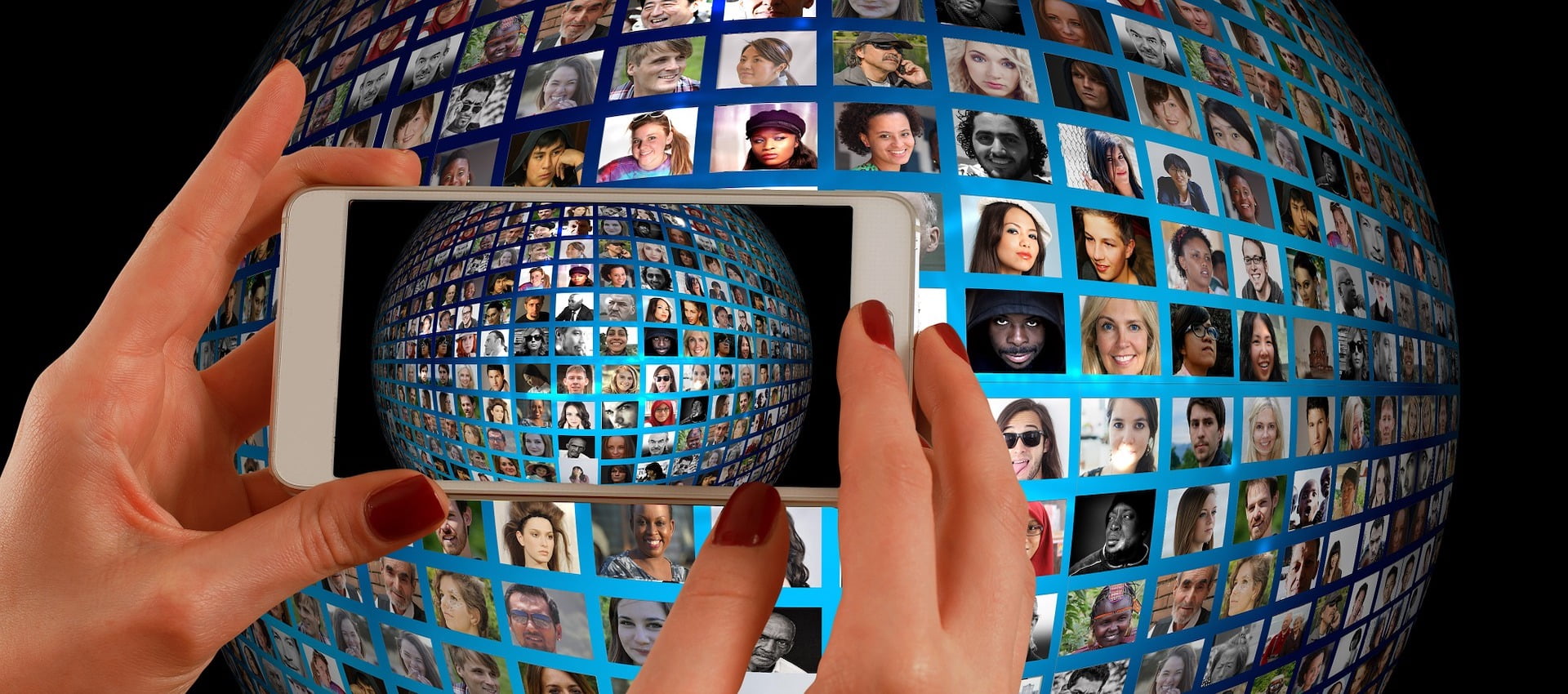The idea of the metaverse isn’t entirely new and it definitely wasn’t Mark Zuckerberg’s idea. In fact, the concept of the ‘metaverse’ virtual reality was coined 30 years ago by Neal Stephenson in his 1992 novel Snow Crash. Flash-forward to the present, we’re a year on from Facebook’s rebranding to Meta Inc. and rather than working in the metaverse, right now most organizations remain focused on how to resurrect the physical office. While some experts believe that augmented working may be the solution to the remote and hybrid work question, the bigger concern for many is that they can’t even imagine what working in the metaverse would be like. In this article, we’ll discuss what the metaverse actually means for different workplaces, the revolutionization of remote work, whether people will be more engaged in this kind of setting, and how long until we’re working in the metaverse.
Table of Contents
Is the metaverse the future for every workplace?
The question that’s top of mind for nearly everyone is which workplaces and industries this shift applies to. Though it makes sense that the technology companies leading augmented reality (AR) and virtual reality (VR) development would be looking to take their workplaces into the metaverse, it’s hard to comprehend how this works for more traditional in-person industries. Meta (formerly Facebook) now wants their users to shift to VR “worlds”, but how exactly does a hairdresser cut hair in the metaverse and how do politicians work with their real-life electorates? On the other side of the coin, many global companies are actually running to catch up, for example Disney wants to be the happiest place in the metaverse, with a view to VR diversifying their customer offering rather than entirely replacing it. At least in the early stages, the strategic position for organizations is assessing if the metaverse supports their workers and helps achieve their value proposition. If not, metaverse workplaces as the norm may still be quite a long way off.
Will the metaverse be exclusively remote or will there be hybrid work?
The next point to consider is if the metaverse can be considered the same as remote working. At this stage, it looks like a mix of AR/VR and updates to existing online work tools. AR/VR work products in development include Meta’s Horizon Workrooms platform, Microsoft’s Mesh used in conjunction with Microsoft Teams, and NVIDIA’s Omniverse software, to name just a few. Using these products does however involve hardware so it’s not a case of simply downloading a new software update; there is investment and set-up to allow for. One key difference between existing remote work options and metaverse workplaces is that worker experience may well be a priority for employers. The outlook of many developers is to create more immersive metaverse settings that are ergonomic and focused on better collaboration through team connections. Perhaps the hybrid work of the future will be a geography-independent model wherein the workday is a VR commute “into the metaverse” and time out of AR/VR becomes the real work from home. It could be argued that the metaverse might uphold workers’ needs and encourage sustainable models of permanent remote work, especially with November 2021 research from Lenovo that shows 44 percent of employees are willing to work in the metaverse and believe it will help with productivity.
What are the engagement projections for the metaverse?
The main takeaway from official announcements about metaverse technology is that AR/VR work platforms are designed with both employers and employees in mind. Moreover, the concept seems to be bridging many of the global industrial challenges faced in the last three years: video fatigue, isolation, public health policies requiring social distancing, rising costs of living, desire for flexibility, and physical impacts of sitting. In a range of ways, working in the metaverse actually addresses a lot of these issues. Apart from the costs of implementation — equipment, training, connective, and cybersecurity infrastructure — early iterations of metaverse work platforms are fairly positive. Jamie Gilpin writes for Sprout Social, “Working in the metaverse ensures that the playing field is leveled for all of your employees and provides team-building opportunities that work for everyone — regardless of where they’re based.” In a time where people can’t or don’t want to go into a physical office yet their project and team work is suffering, virtual settings can enhance the productivity of their meetings, their sense of professional camaraderie, and the effectiveness of their work hours. One 2022 study of U.S. workers from ExpressVPN reports that 90 percent of employees said technological advances have increased their productivity and that, after video conferencing, the metaverse was their second-most effective communication method for feeling connected and engaged with their co-workers. With metaverse designers and developers thinking about their users the way they are, the positives may genuinely outweigh the negatives in the long-term.
How long until metaverse workplaces are the norm?
Finally, what is the timeline for the metaverse being part of our workdays? The truth is that as much as the metaverse has been promised for more than three decades, its all-encompassing form is dependent on technology companies and their pace of development. Although Meta, Microsoft, and Alphabet (Google) are leading the AR/VR charge, Apple is still the biggest technology company in the world. Experts maintain that the hardware side of AR/VR is fundamental to our normalized use of the metaverse. 2022 data from Morgan Stanley notes that “[mass market adoption of] Either AR or VR will occur when Apple enters the race.” Ultimately “augmented working” is already with us with Zoom, Microsoft Teams, Slack, and even Skype reflecting this. Furthermore, Bernard Marr reports for Forbes, “Many of these technologies, such as AI and blockchain, are now available in ‘as-a-service’ models via the cloud, and new interfaces and apps give businesses access to them via no-code environments.” A comprehensive metaverse may be a little way off but the way technology is already used all day in our current routines is an existing form of reality augmenting that we can’t ignore. What sets future AR/VR experiences apart will be their sophistication, their quality, costs, and the stunning user experience design.
Ongoing metaverse considerations beyond 2023
The conversation around the metaverse is undoubtedly here to stay just as major technology of the last 20 years is. In closing, some final takeaways that are certainly worth contemplating further include:
- Will the metaverse lead to more surveillance and can users protect their data from employers?
- Who owns the actual technical infrastructure of the metaverse and do they supersede governments — how do employers enforce policies and HR standards on non-proprietary platforms?
- How will cybersecurity infrastructure be updated and how can employers train their teams to safely use the metaverse?
Only time will tell but you can bet we’re counting down to seeing what working in that version of the metaverse is like.





